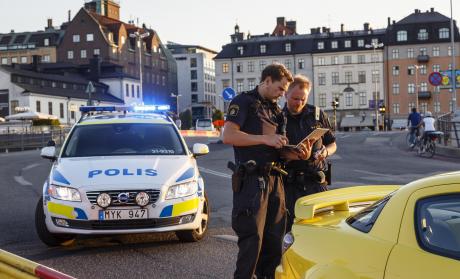In the mid-1980s, a method for identifying individuals through DNA analysis was invented. Today, DNA fingerprinting is used all over the world in cases involving criminal activity and missing persons.
These tests use part of the DNA, previously known as junk DNA, that don’t code for actual characteristics in people. This has been viewed as a strength of the method in light of privacy considerations.
However, in recent years new methods for using DNA in police work have been developed. We now have the ability to search for a partial match of a DNA profile and identify potential family members, whether in police or private ancestry databases. Another method, known as DNA phenotyping, involves genetic testing that can provide information about what an unknown suspect might look like. This method may be useful when there is no matching DNA profile in the databases.
Both methods have been used to help solve cases. In Europe, however, only a few countries have amended its legislation to allowed new uses of DNA testing. In many countries the legal framework is uncertain.
The use of new DNA methods raises questions relating to technology, legal framework and ethics.
We will focus on the ethics of the subject and have invited people with different backgrounds to discuss topics such as:
- Which challenges are well known from police work today and which are new?
- Regulation and practice in the Nordics and in Europe
- Privacy and genetic integrity
- Profiling and discrimination: Is this technology neutral or are there embedded biases?
- The ethics of visual representations: Are visual traits less stigmatising? Or the opposite?
- Technologisation: A space left for human judgment?
- Good and bad practice: The ethics of context and communication
Programme
Wednesday 23, 11AM-13.15 PM (Oslo time): Talks followed by Q&A
Thursday 24, 11AM-13.30 PM (Oslo time): Talks followed by Q&A
Friday 25, 11AM-12.30 PM (Oslo time). DNA in police work. Roundtable discussion
Speakers
Thomas Berg, Centre for forensic science, UiT The Arctic University of Norway
Nicolaj Sivan Holst, Faculty of Law, Aarhus
Mareile Kaufman, Peace Research Institute Oslo; Department of criminology and sociology of law, University of Oslo
Jari Louhelainen, Biochemistry, University of Helsinki, Faculty of Science, University of Liverpool
Amade M´charek, prof. of Anthropology of science, University of Amsterdam
Jens Erik Paulsen, The Norwegian Police University College, Oslo
Gabrielle Samuel, Kings college London
Björgvin Sigurðsson, Forensic specialist at the Crime Scene Unit of the Reykjavík Metropolitan Police, Reykjavik
Andreas Tillmar, University of Linköping, Sweden
Turid Haugen Tor, The National Criminal Investigation Service Norway
Victor Toom, independent
Matthias Wienroth, Centre for Crime & Policing, Department of Social Sciences, Northumbria University, UK
